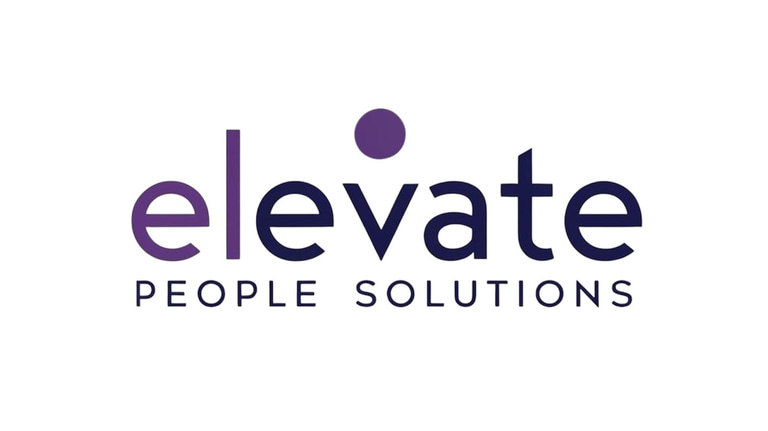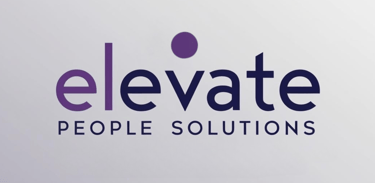Recognition: Affordable Yet Powerful
Why your company needs a culture of recognition and how to start building one.
Bojana Milosevic
7/2/20256 min read


We often see discussions around how to unlock the full potential of teams, look for innovation and efficiency, but conversations often drift towards needed investments, whereas one of the most affordable performance catalysts is building a culture of recognition.
To recognize someone is to see them— to show that their contribution is valued, to acknowledge their effort and celebrate growth.
Having a strong culture of recognition in a company means that it happens on all levels of the organization, in different shapes, in an authentic way and on a consistent basis, showing value of individual and team achievements, linked to the company’s purpose.
Recognition is not nice to have part of the culture - recognition is a driver of engagement and performance, that is low in cost and high in impact.
The Business Case for Recognition: Stats That Speak for Themselves
Here you can see some research and metrics that talk in favor of recognition as a simple, budget friendly way to drive engagement and performance:
Employees receiving regular recognition are 4x more likely to be engaged, which drives over 21% higher productivity and 22% higher profitability. (Source: Gallup, 2023)
Organizations with strong recognition cultures see 31% lower voluntary turnover. (Source: SHRM)
90% of employees say recognition motivates them to work harder. (Source: SurveyMonkey & Bonusly)
Teams that regularly recognize each other report 24% better performance. (Source: Deloitte)
Companies that tie recognition to values are 2.5x more likely to boost engagement. (Source: SHRM)
Companies with embedded, values-based recognition are 3x more likely to report having a strong culture. (Source: Great Place to Work)
Recognition impacts wellbeing too — 70% of employees say it improves their mental health, and they’re 2.7x more likely to report being highly satisfied with their jobs. (Source: OC Tanner 2023 Global Culture Report)
15 Tips for building recognition culture
I want to share a blend of ideas and guiding principles that I did in the past and that worked well, that for you may help build strong recognition culture in your org.
1.You don’t need to start big and spend much. A simple “thank you for…” is a good start. Can be done in one-to-ones, team meetings, company huddles or even via post it. It is super low cost and has a high impact.
2.Recognition should happen on all levels. Leaders’ duty is to model it, but every person in the organization should be encouraged to make the gesture, acknowledge colleagues and once everyone feels as it is a “normal” thing to do, you are on the right way.
3. It needs to be specific and timely. A generic “good job” is far less powerful when you don’t include what someone did well and why it matters. It should be delivered when the achievement happens as it clearly links actions and outcomes.
4. In the beginning, make room for it and plan. Intentionality and persistence will matter; it doesn’t happen overnight and on its own. For some people it looks like need to “push” for a practice that should be normal and human, but not all people are natural when it comes to recognizing other’s efforts. Make sure that everyone is included, all questions answered and stick to practices if you want it to make sense and for people to take part.
5. Align to what you want to see more and reinforce. Recognize actions and behaviors that clearly link with your organizational values and mission. Once a direct link between what is celebrated and what the organization stands for is clear to all, it gives people a stronger sense of purpose.
6. Explore tools that may help you, see what works and for whom. Think about the nature of your org, perhaps you want to use digital platforms for real-time recognition, badges, and rewards. If your team is in a hybrid/remote setting it makes more sense to include some platform so everyone can participate and stay connected. Some platforms also allow colleagues to give each other tokens as recognition that can be then exchanged for some cool gadgets. If you want to keep it simple and don’t have big budgets, platform is not a must.
7. It must be authentic. People see through generic messages and misaligned actions and that can spiral into distrust. Messages can be very simple, but need to be genuine, with true and specific praise for the person or a team.
8. Culture that celebrates. If organizing team events, dedicating some time for recognition in itinerary, it will additionally boost team morale. If you finished a big project days before, you want to say it and recognize your team publicly.
9. Tailor it to individuals. Some people love the spotlight; others prefer a quiet gesture of appreciation. It would be good to get to know what people prefer and make it a moment they enjoy in a way that resonates. If you are offering some reward linked to it, try to tailor it as well (additional day off, learning budget, team event etc.). I would consult the line manager or the person to know what they would love most.
10. Support leaders and managers. Help them with embracing it and practicing. I worked with leaders that loved it, both praising the achievements, celebrating and having regular practice of it. Others need more support in understanding why it matters and how to do it for the max effect. It is a skill in a way, and you can equip leaders with the tools and guidance on how to deliver sincere, meaningful, and consistent appreciation.
11. Celebrate Small Things. Not every accomplishment needs to be groundbreaking, it is good to recognize progress, learning moments or individuals’ interest to explore some problem beyond what was expected. If it aligns with your company’s vision you may decide to recognize learning from mistakes to foster innovation. Or when tight with resources, colleagues’ effort to successfully board a new colleague by going beyond the role expectations.
12. Reward. If there is room linking those important ones with some reward, in my experience it works great. People gave the best feedback when the reward was not generic - we’ve put aside a budget for travel to other offices abroad, or some big industry event, but you can decide to do less or more. Rewards may also be not work-related, like a memorable experience that an individual would appreciate.
13. Importance of inclusivity grows. When teams are working hybrid or remote and become more diverse and dispersed, the need for meaningful recognition grows. There are some unique challenges in feeling that strong connection, making intentional recognition efforts even more critical.
14. Make a budget. Recommendations are to have the budget of 1-2% of your total payroll for the meaningful and sustainable recognition programs. That sounds amazing but bear in mind that it is a great start even if you kick off with a small budget but with the intention to grow it in the future once the concept has been proven. Here are some ideas if starting small:
· A symbolic monthly budget per team (team can decide on the gift or experience)
· Free recognition rituals: public praise, personalized thank-you notes
· Quarterly team celebrations with recognition built in
15.Recognize managers and leaders as well. They are human too and love to be seen.
Measuring the Impact
You don’t want to have recognition be seen as a fluff in the organization. This is why observing some key metrics as a result will signal if you are on the right path or not. Key things to track include:
· Employee listening channels (incl. engagement survey results, pulse, stay, exit interviews and direct feedback)
· Participation in recognition programs
If you regularly review the above it will help you to tweak your recognition strategies and celebrate all the achievements as a result.
You can expect recognition efforts to positively impact these scores too:
· Retention and turnover rates
· Productivity and quality metrics
· Customer satisfaction scores
Having metrics and data ready will help you justify the budget needed for your recognition associated costs.
Some Common Challenges
Transformations often come with certain obstacles. Some challenges I had to find a way to overcome are cynicism, lack of consistency, and perceived inequity. For these reasons you want to make sure to approach from the beginning with authenticity, consistency and inclusivity to address some resistance in advance.
Conclusion
I believe there is a strong case for building recognition into pillars of your org culture. You will see multiple benefits from this low-cost employee motivation drive. The effect goes beyond individual and team to overall organization success, adding value when positioning the company in the labor market.
As the last line, I just wanted to leave a reminder that each one of us can be the initiator of culture that honors, uplifts, and inspires - no need to wait for a recognition program to roll out.


